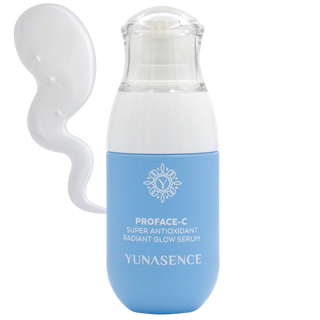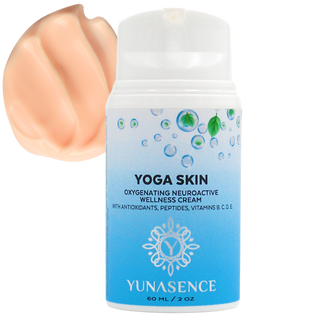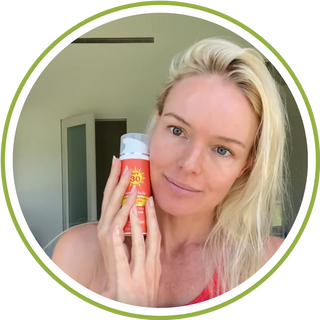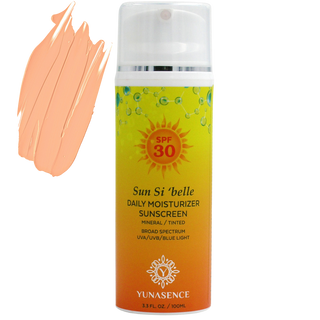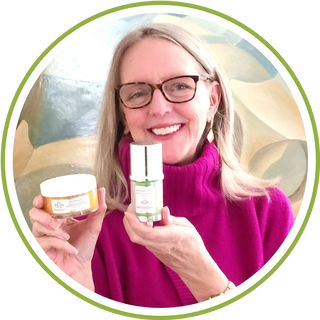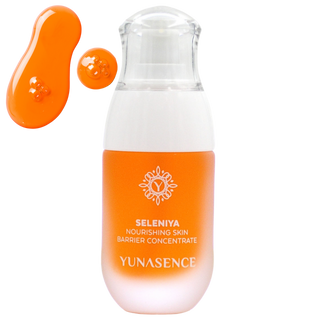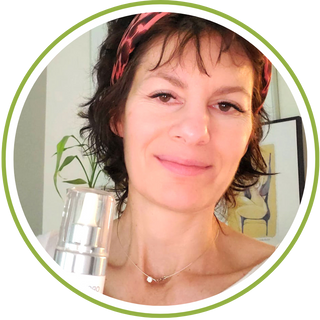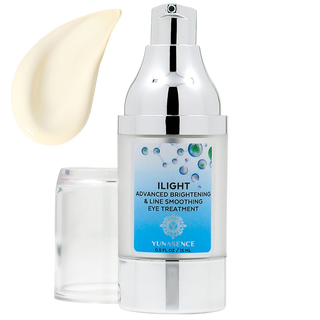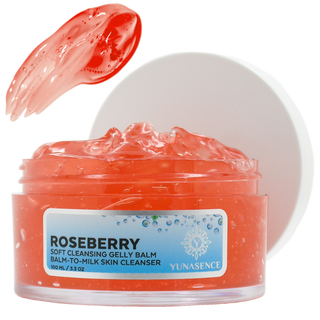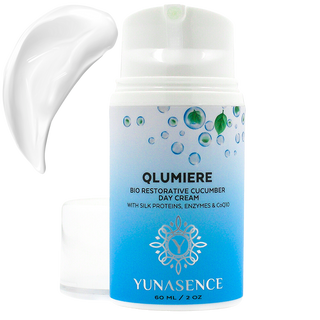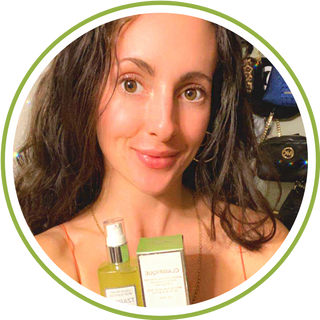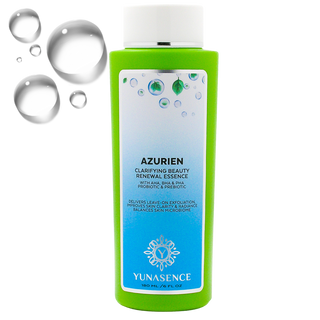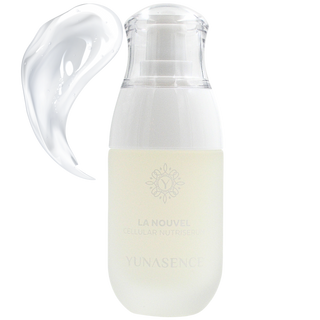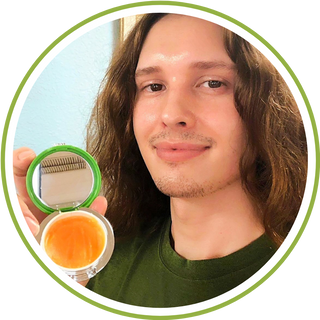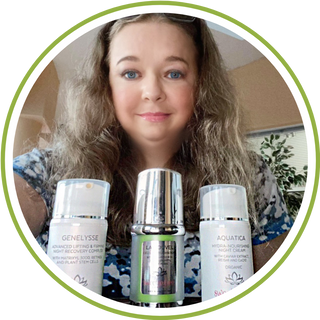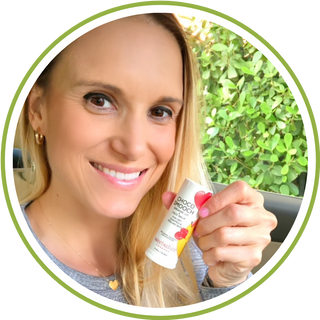As an esthetician, I often tell my clients that aging isn’t just about fine lines and loss of elasticity - it’s about how our skin ages on a cellular level.
And one of the most overlooked culprits of premature aging is something we can’t see, but it’s quietly happening under the surface: glycation.
Let’s talk about what it is, how it affects your skin, and what you can do - lovingly and wisely - to slow it down
What Exactly Is Glycation?
Glycation happens when sugar molecules, from the foods we eat or from excess glucose in our blood, attach themselves to proteins like collagen and elastin.
When that happens, those once-flexible, springy proteins become stiff, brittle, and less functional. It’s like taking a silky ribbon and turning it into dried paper.
The result?
-
Fine lines deepen.
-
Skin loses its bounce.
-
The surface starts to look dull, yellowed, or “tired.”
And because these sugar-damaged proteins (called Advanced Glycation End Products, or AGEs - fitting name, right?) build up over time, their effects are cumulative.
By the time we hit our 60s or 70s, a significant portion of our collagen may already be glycated - meaning less elasticity and slower repair.
How Glycation Ages the Skin
When glycation happens, it does more than just stiffen collagen fibers. It sets off a cascade of oxidative stress and inflammation inside the skin - a process often called “inflammaging.”
Here’s what that looks like in real life:
-
Skin feels thinner and more fragile.
-
Wounds or blemishes heal more slowly.
-
There’s a yellowish tone or loss of radiance.
-
Deep wrinkles appear around the mouth, neck, and eyes.
-
Skin loses its plump, juicy look.
These are signs of glycated collagen - proteins that can no longer do their supportive, elastic work properly.
Can We Stop Glycation?
We can’t completely prevent glycation - it’s a natural part of metabolism, but we can absolutely slow it down. Think of it like keeping your skin’s “collagen savings account” protected from unnecessary withdrawals.
Here’s how:
1️⃣ Balance Blood Sugar
Glycation thrives in the presence of excess sugar.
Eating whole, unprocessed foods, limiting refined carbs, and pairing carbs with protein or healthy fats helps stabilize glucose levels and minimize sugar spikes.
2️⃣ Watch for Hidden AGEs
Fried, grilled, and heavily processed foods are already packed with AGEs.
The higher the heat, the more AGEs are formed - so opt for steaming, stewing, or baking instead of frying whenever possible.
3️⃣ Antioxidants Are Your Allies
Since glycation triggers oxidative stress, antioxidants are your first line of defense.
Look for ingredients and foods rich in:
-
Green tea polyphenols
-
Cinnamon and turmeric
-
Pomegranate and tomato extract
-
Garlic, rosemary, and mulberry leaf
These can help neutralize free radicals and prevent new AGEs from forming.
4️⃣ Skincare That Protects
Topically, ingredients like Niacinamide, Vitamin C, and Peptides can help protect collagen and reduce the visible effects of glycation.
Hydrating and barrier-supportive routines, like layering humectants and sealing with ceramides, keep skin resilient and repair mechanisms active.
5️⃣ Be Gentle and Consistent
Over-exfoliation and harsh cleansing can stress already compromised skin. Focus on nourishing, soothing, and replenishing rather than stripping.
The Esthetician’s Takeaway
Glycation is one of those silent skin stressors - we can’t feel it happening, but we can definitely see its impact over time.
The good news? Our daily choices make a huge difference. By keeping sugar in check, choosing fresh foods, staying hydrated, and using the right antioxidant-rich skincare, you’re literally slowing down how fast your skin ages.
Remember: the goal isn’t to chase perfection - it’s to support your skin so it can age gracefully, naturally, and beautifully.
Your skin wants to glow for you. You just have to create the right environment for it to do so.

